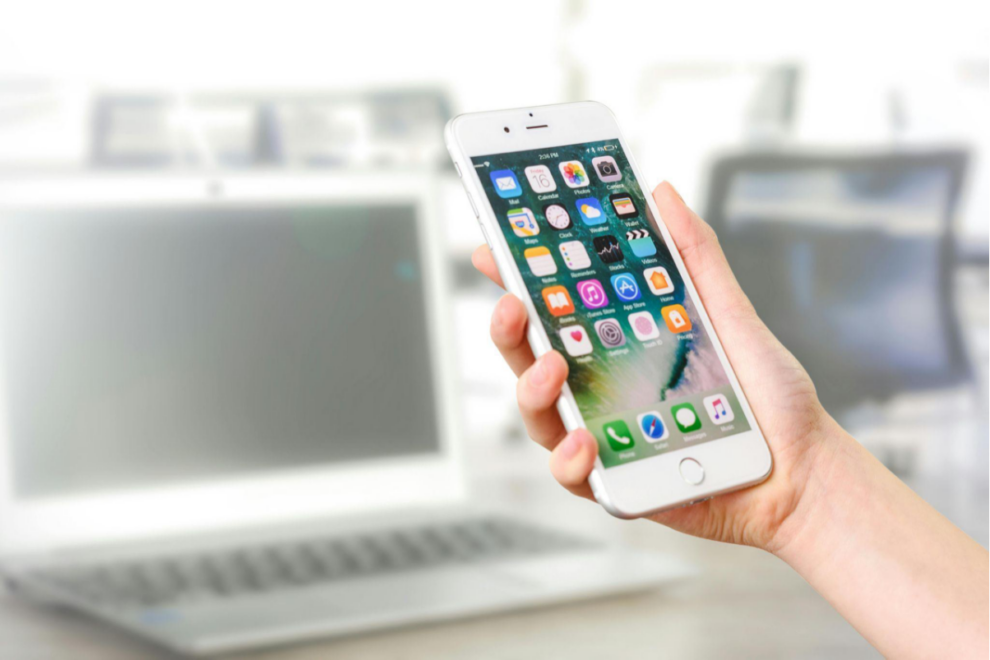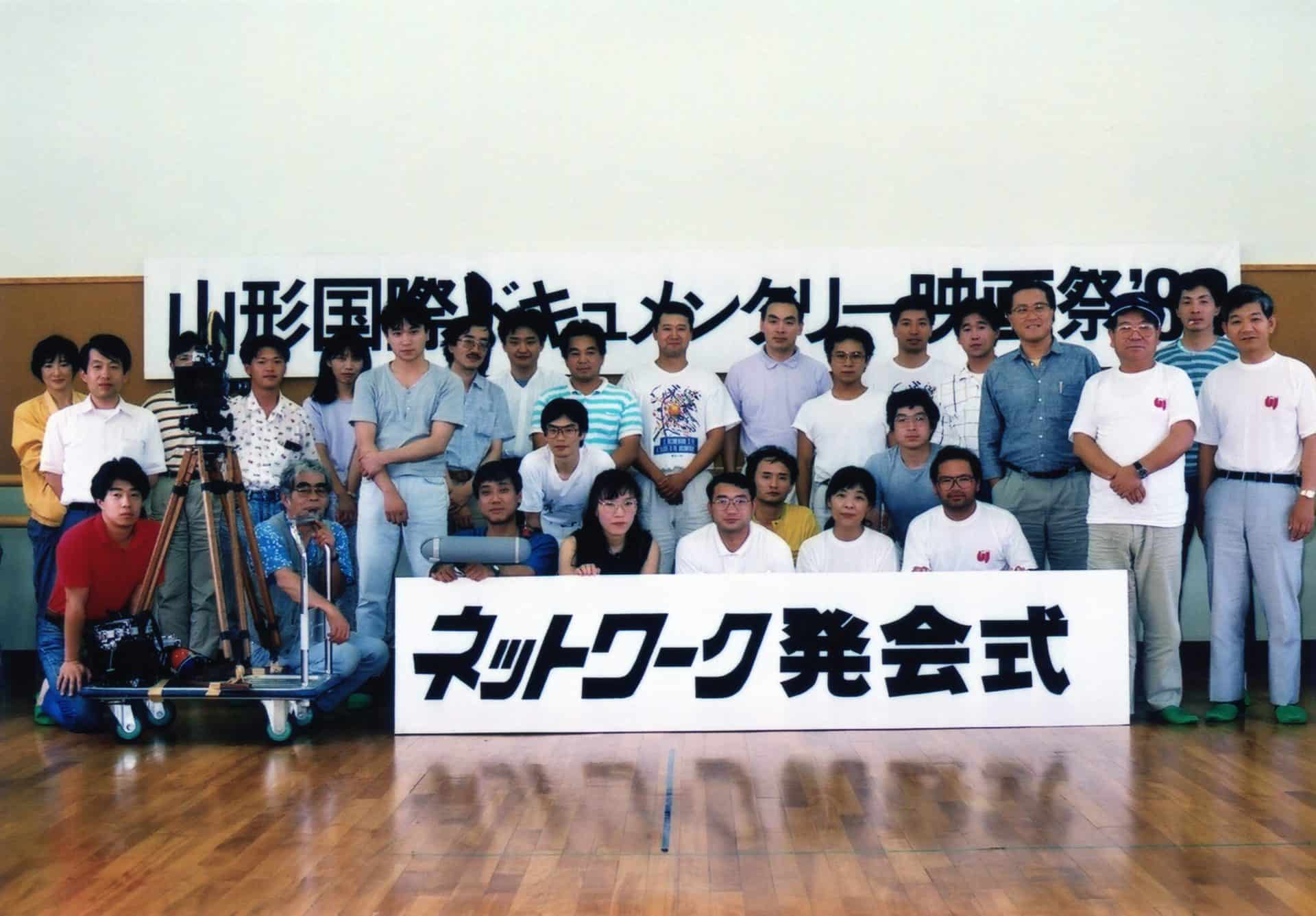Because it is easy to use and accessible to all users right out of the box, Android is a fantastic mobile operating system. With that said, the Android operating system offers an astounding amount of capabilities and customization for users willing to put in the time and effort. Android is the ideal mobile operating system for novice and expert users due to its adaptability. Same as android, everyone must have the Moissanite rings for their special occasion. Great Android tips and tricks are included in this book to help you utilize your Android smartphone like a master.
Make Use of Digital Wellbeing Features
Staying up late doomscrolling and texting is not the healthiest thing ever. Google’s Digital Wellbeing project includes the Bedtime mode for Android devices. It turns your phone’s screen to grayscale in case you need to view the screen after hours extra to silence it at a time. You can also turn on the Dark Theme in bedtime mode or can turn off the light of your phone and relax. If you need additional time, choose Pause from the dropdown menu.
Multitask with Split Screen
Android allows you to multitask efficiently by using the split-screen feature. To activate it, open the app you want to use in split-screen mode, tap the app switcher button (usually a square or recent apps icon), and select the second app you want to use. You can adjust the screen size of each app to suit your needs, making it easy to work or browse while keeping an eye on messages or emails.
Manage App Permissions
Protect your privacy and control what apps have access by managing app permissions. In your phone’s settings, in the Apps or Application Manager section, select an app, and review its permissions. You can grant or deny access to features like location, camera, microphone, and more. Regularly reviewing and adjusting app permissions helps safeguard your data.
For quickly accessible information, use widgets.
Gesturing accessible information is facilitated by Android widgets. You can display information like tasks, notes, calendar events, the weather, the clock, and more with most of the great Android apps that support widgets. To view information such as your upcoming appointment without constantly launching app widgets. Long-press on the Android home screen and select Widgets to add a widget to your home screen. The list of widget-compatible apps will seen on your phone. Touch and hold a widget to add it to the home screen, then tap an app to see all its widget settings. Furthermore, the widgets can be dragged and resized.
Run apps side-by-side
With Android’s split-screen capability, Twitter appears on the bottom half, the screen appears on the top half. Although this function has been around since Android 7.0 Nougat, few users seem to take advantage of it. Depending on the direction of your screen, this side-by-side or top-and-bottom app layout is for multitasking, maximizing social networking, and displaying images. Make the two applications you wish to see open to set it up. To access the recently used app, locate it and tap the circle symbol at the top of the preview.
Enable Two-Factor Authentication (2FA)
Protect your Android device and online accounts with an extra layer of security by enabling two-factor authentication (2FA). This authentication method requires you to provide a second piece of verification, such as a code sent to your phone in addition to your password when logging into your accounts. 2FA helps prevent unauthorized access to your accounts even if your password is compromised.
Backup Your Data
Data loss can happen unexpectedly, so it’s essential to regularly back up Android devices. Google offers a built-in backup feature that includes app data, call history, contacts, and more. To enable it, go to Settings > System > Backup and turn on Back up to Google Drive. It ensures that your important data is securely stored in the cloud and can restored when needed. You can have Moissanite rings for your regular use it has more longevity.
Material You Theming
With Android 12, Google introduced Material You, a redesigned user interface. Though it was first exclusive to Google products and applications, this vibrant, flexible theme has been expanded in Android 13 and 14. These days Material You flavor you should try. The substance can choose a color scheme inspired by your wallpaper to alter the theme of your system. Icons, buttons, widgets, QS toggles, and more are all colored by it. Each manufacturer of devices has a different level of theming. Samsung also extensively uses Material You, but Google’s version is the most sophisticated and feature-rich.
Customise Notifications
Managing notifications is crucial for maintaining a distraction-free experience on your Android phone. Use the Notification settings to customize which apps can send notifications of notifications they can send, and whether they should appear on your lock screen. You can also enable “Do Not Disturb” mode during specific times to prevent interruptions.















